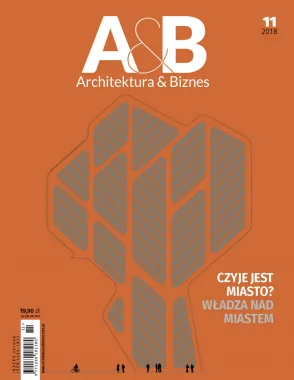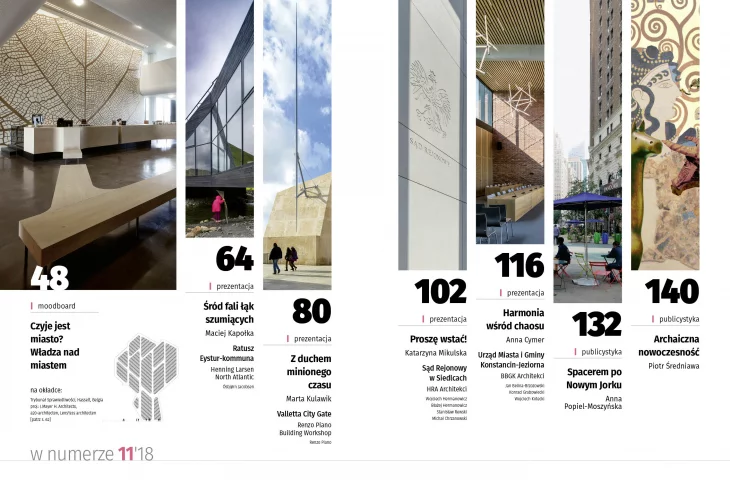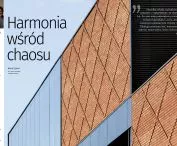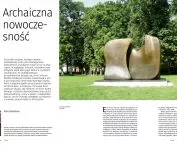Malgorzata TOMCZAK
Whose city is it?
Power over the city
No, power cannot be abolished, it can only be replaced by a better one with a worse one, or sometimes vice versa. It is not, unfortunately, the case that when political power is gone, everyone will become brothers; since the interests of people are inclined by nature, not by chance, since it is impossible to deny that we carry within us some resources of aggression, since our needs and appetites can grow indefinitely, then, if the institutions of political power were to miraculously evaporate, the result would be not universal brotherhood, but universal slaughter." - writes Leszek Kolakowski.
When in Poland, every now and then, some politician or enthusiast of the struggle against the legacy of the communist regime tries to "blow up" the Palace of Culture and Science in Warsaw, which is, in his opinion, a monument to socialist propaganda, the question of the relationship of architecture to politics and power returns. Relationships, as obvious as they would seem, but of a very complicated, ambiguous and illegible nature. So it is impossible not to ask a fundamental question: how do politics or those in power - whether economic or political - shape public space with the help of architecture?
What is the role of the architect in this process? Whose city is it? We ask, realizing that this is an open topic and that we will not exhaust it. But we want to talk. And we have been encouraging others to do so for years!




































